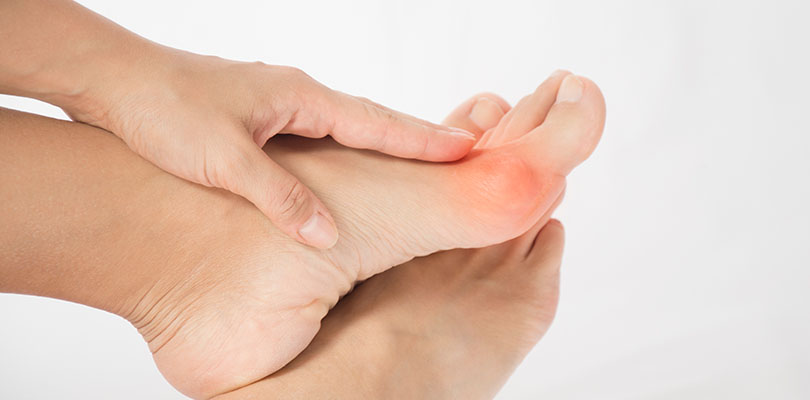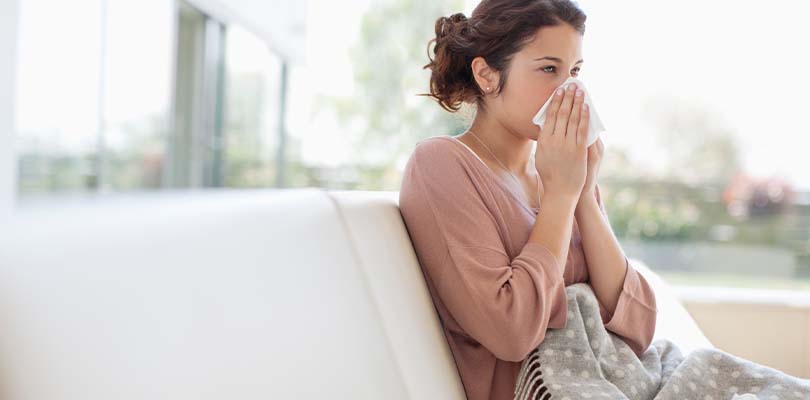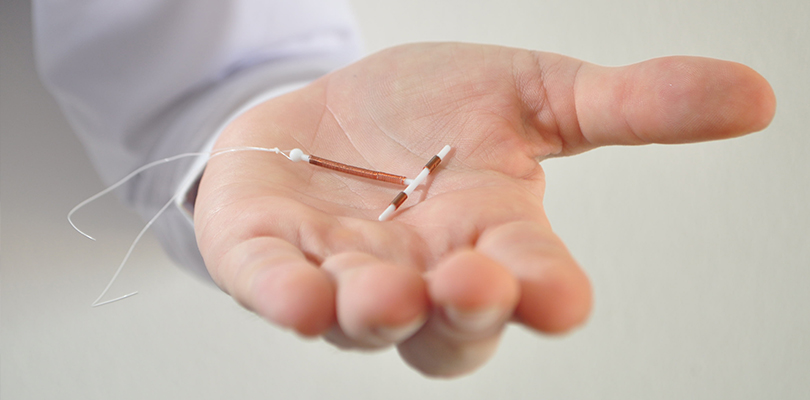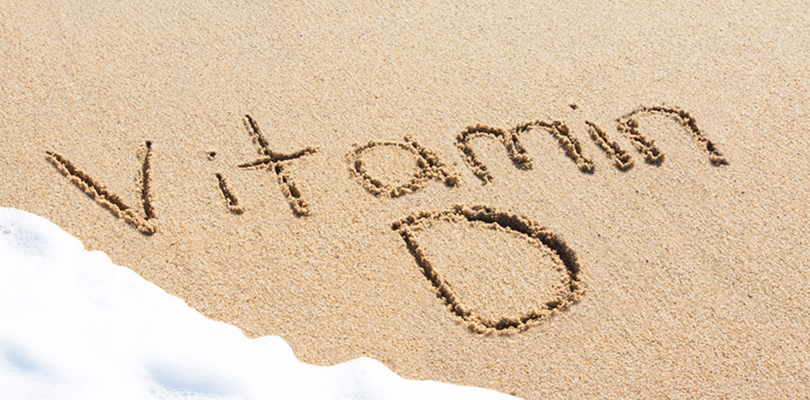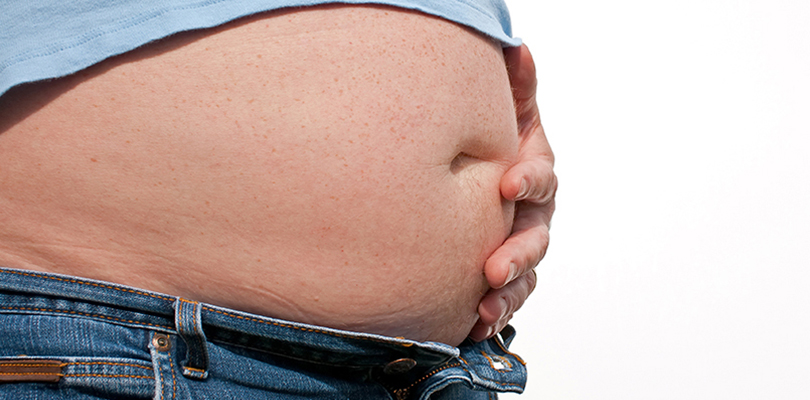Treating Bunions
Have you noticed that your toe is slightly leaning inward? Perhaps it hurts from time-to-time, or maybe there is no pain at all. Unfortunately, you may have what is called a bunion. While this is not a particularly alarming condition, bunions can undoubtedly get in the way of certain activities.
The more you know and understand about bunions, the more likely you’ll receive proper treatment and get back on your feet.
What Is a Bunion?
A bunion is a bony lump that forms on the joint of your toe. Usually, the lump is located on the big toe, but can sometimes occur on the outside of the little toe as well. It is formed because the toe pushes toward the neighbor toe, which causes it to jut out over time. Not only can this cause pain, but it can make it challenging to find proper-fitting shoes.
Unfortunately, bunions are an incredibly common occurrence. It is reported that nearly half of the adult population develops some form of a bunion in their lifetime. While it can occur in any age group, it is most common in adults over the age of 65.
Women or men can develop bunions, but they are more common in women. This may be because women more often wear restrictive shoes, such as high heels. On the plus side, bunions do grow gradually, so there is time to identify them and get on the proper treatment plan.
There are many reasons that a bunion may form. Some of the most common reasons are due to wearing narrow shoes, structural defects, or even arthritis.
Signs and Symptoms of Bunions
Some of the symptoms include:
- Calluses
- Swollen base of the toe
- Enlarged joints
- Pain while wearing shoes
- Reduced range of motion of toes
- Big toe moving inward
There may or may not be pain involved as an early warning sign. Pay special attention to any changes in your feet. Let your doctor know if you experience any of the above symptoms. Early detection can help you get on the right path toward repairing the issue.
Bunion Treatment Options
While this bulging bump can be unsightly or even painful, there are options for treatment. Here, we will examine some of the various treatment options so you can pinpoint which avenue may be right for you.
Remember, you should consult with your doctor before trying any type of treatment plan.
Whether you are looking to eat more plant-based foods or need to give up dairy for health reasons, here's a list of dairy alternatives to add to your diet.
Over-the-Counter Bunion Treatments
There are a variety of over-the-counter medications that may help relieve the symptoms associated with bunions. For pain and inflammation, you may want to try:
- Acetaminophen
- Naproxen
- Ibuprofen
- Cortisone shots
Other things you may be able to purchase at a pharmacy include:
- Shoe inserts
- Padding or tape
- Properly fitting shoes
Surgical Bunion Treatments
Surgery may be the best option if the bunion is causing persistent pain and discomfort. There are a variety of techniques that may be used to remove the bunion properly. The methods may vary from one doctor from the next, but the result should be the same—no more pain.
Some of the most common procedures include:
- Straightening the big toe
- Removing tissue from around the joint
- Realigning the long bone that forms from the toe to the back of the foot
- Permanently joining bones
Recovery time following a surgical procedure to remove bunions can vary from one patient to the next. However, most people make a full recovery within a few months.
Keep in mind, surgery may remove the bunion, but it does not stop reoccurrence. To reduce the chances of a new bunion developing, then you’ll want to be sure to wear proper fitting shoes.
Home Remedy Bunion Treatments
Not every type of bunion will require you to see a doctor. However, you may be able to relieve some of the symptoms at home with these simple remedies:
- Ice: Applying ice directly to the bunion may help relieve soreness and inflammation.
- Foot exercise: There is a variety of foot exercises you can do to help relieve the pain of bunions and even help slow down the formation.
- Acupuncture: Some studies have indicated that acupuncture may help relieve soreness associated with bunions.
- Elevating feet: Foot elevation may help with circulation and reduce inflammation.
- Essential oils: Some essential oils help with pain and swelling. Two of the most popular options are frankincense and peppermint oil.
Overview
Bunions can be a painful thing to deal with. It can get in the way of regular activities and can even cause additional damage if left untreated.
If you suspect that you or someone you may know may be developing bunions, then you should talk to your doctor. There are a variety of treatment options, and your healthcare provider will be about to point you in the right direction.
